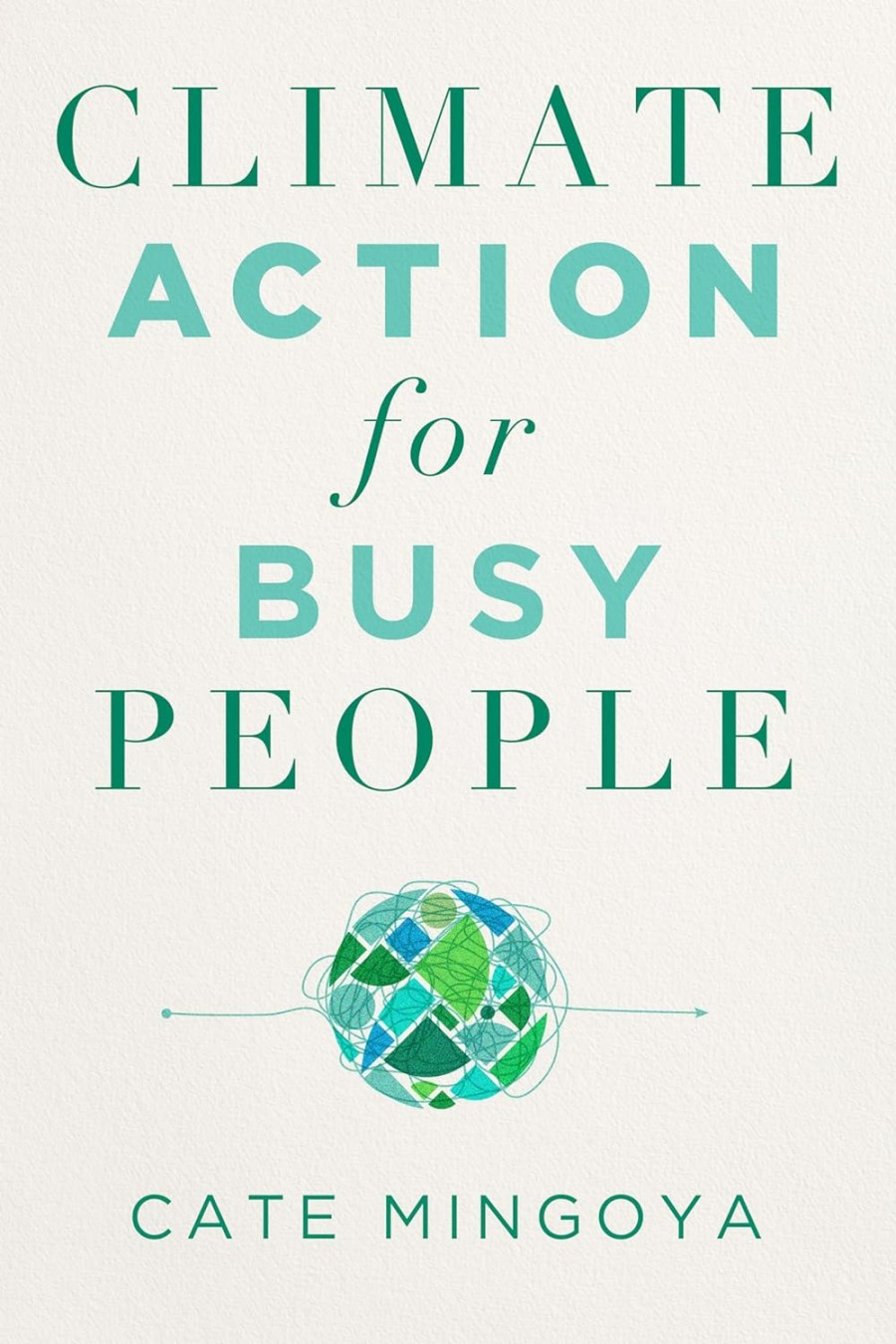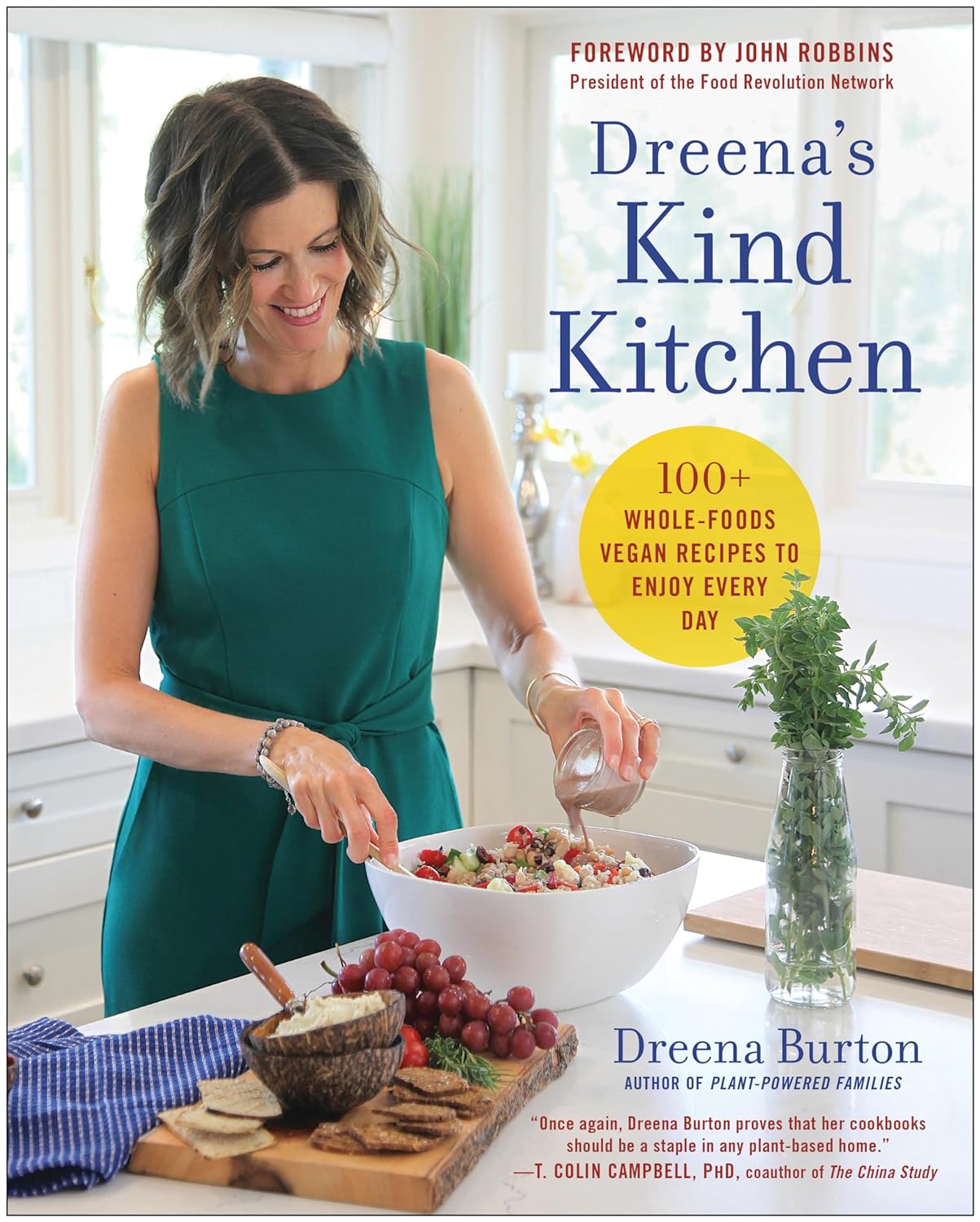
Climate Action for Busy People is a book for anyone concerned over heat waves, storms and forest fires. The time to create climate-resilient communities is now. While large-scale policy innovations are also needed, the wisest solutions are at local level.
If planting trees, learn how to make gardens safe for pets (know trees to avoid near horses (including yew and oak). For indoor trees, avoid facing indoor foliage to gardens, to help stop birds flying into windows.
This book is a hopeful and realistic roadmap for individuals and groups who want to move the needle towards environmental justice. Drawing from professional and personal success in climate adaption and community organising, the author begins with a brief history of why our communities look the way they do, and how that affects how vulnerable we are, to climate risks.
Each chapter can help readers scale up their actions. From identifying climate solutions that a person or small group can pull off in a handful of weekends (like tree plantings or de-paving parties) to advocating for change at government level. It’s not too late for people of all ages and skill levels, to create climate-safe neighbourhoods. This book is an invaluable guide for anyone who wants to make lasting improvements, to make their communities climate-resilient.
a book on living the 1.5 degree lifestyle

Climate change is real, and it’s a serious emergency. But rather than listening to doom-and-gloom naysayers, take positive action. Living the 1.5 Degree Lifestyle reveals the carbon cost of everything we do, how to make big reductions to live your life, but keep global heating to a level that’s safe. This means most of us cutting our individual carbon footprints by over 80% to 2.5 tons a person per year, by 2030. Find the big wins to what to drop – from takeout food to bikes, cars and Internet usage. Learn the invisible carbon baked into everything, and why electric cars are not the answer.
Lloyd Alter is a writer, public speaker, architect and inventor. He is also Adjunct Professor of Sustainable Design at Toronto Metropolitan University. Also read his other book The Story of Upfront Carbon, about how the answer to solving climate change is for all us to ‘live with just enough’.
This book shows that creating carbon minimalism is the answer. Big-picture thinking is needed like investing and supporting local indie shops (that sell food with zero food miles so no lorries are needed to transport it from central distribution houses). Creating walkable communities with parks (trees!) and initiatives to work from home or locally, so people don’t chop down whole swathes of countryside to build ‘high speed trains’ that nobody needs. It’s about retaining countryside so people can walk to the shops to buy healthy food, then this means populations that don’t languish in hospitals and care homes, all of which also emit huge fossil fuels to keep them running.
things you can do to fight climate change
Things You Can Do is a beautiful illustrated guide to make small habit changes, by lowering your carbon footprint. Written by an award-winning climate journalist, this deeply-researched yet user-friendly guide is based on a newspaper column.
No lectures here – just accessible and inspiring ideas to slash emissions and waste in our dialy lives, with over 350 explanatory illustrations by talented painter Sara Boccaccini Meadows. In each chapter, the author digs into each issue, showing how everyday choices lead to carbon emissions. Then delivers a wealth of ‘things you can do’ to help including:
- Eating climate-friendly foods
- Reducing food waste
- Saving energy at home
- Living a zero waste lifestyle
Eduardo Garcia has written dozens of stories for the New York Times on how people can reduce their carbon footprint. A Spanish native, he cut his teeth working as a Reuters correspondent in Guatemala, Bolivia, Argentina, Colombia and Ecuador. He strives to lead a sustainable lifestyle, and believes in using words to empower people.
how to respond to climate change deniers
Cranky Uncle vs Climate Change is a book to let you have all the answers on hand, when you’re at the dinner table and a relative starts spouting that heavy rant that global warming is all made up. Written by a climate expert, climate deniers’ arguments will thaw faster than Arctic ice caps. Combining humour and science to make clear calm and winnable arguments, this book can help prevent climate misinformation from spreading further.
Author Dr John Cook is one of our eco-heroes! A Senior Research Fellow in Melbourne, he’s a former astrophysicist who is breaking down the climate argument to make it easy to understand via his free online course (over 40,000 people so far have taken it), and also writes college textbooks.
How much of climate change is caused by us? The short answer is all of it. Scientists’ best estimate is that roughly 100% of warming since the mid-20th Century is caused by human activity. The main producers of greenhouse gases are electricity generation and transport. Current research finds that if humans weren’t around, the climate would actually be cooling slightly. To avoid the worst impacts, we need to stop burning fossil fuels and transition to renewable energy. Dr John Cook
collective action to help fight climate change
In This Together is the opposite of ‘one make the difference’ handbooks. Instead, it suggests communities banding together is key (like a school that pays for solar panel for the village, so everyone can go off-grid with free or low energy bills). In this book, learn how to harness social networks for ‘network climate action’ that can affect widespread change. From inviting others over for veggie meals to becoming activists at climate nonprofits, we can forge the social norms.
An Environmental Leader’s Toolkit is the book for anyone who wishes to tackle an environmental problem in their neighbourhood (from beach litter to balloon releases and from raw sewage pollution to walking communities). In this book, the author shares proven ways to step up, and get meaningful action done. From designing a pilot study to managing public meetings, this book walks you the essentials of effective place-based eco efforts. You’ll also find worksheets to kickstart brainstorming, appendixes that demystify jargon you might encounter, and find real-life examples to inspire.






